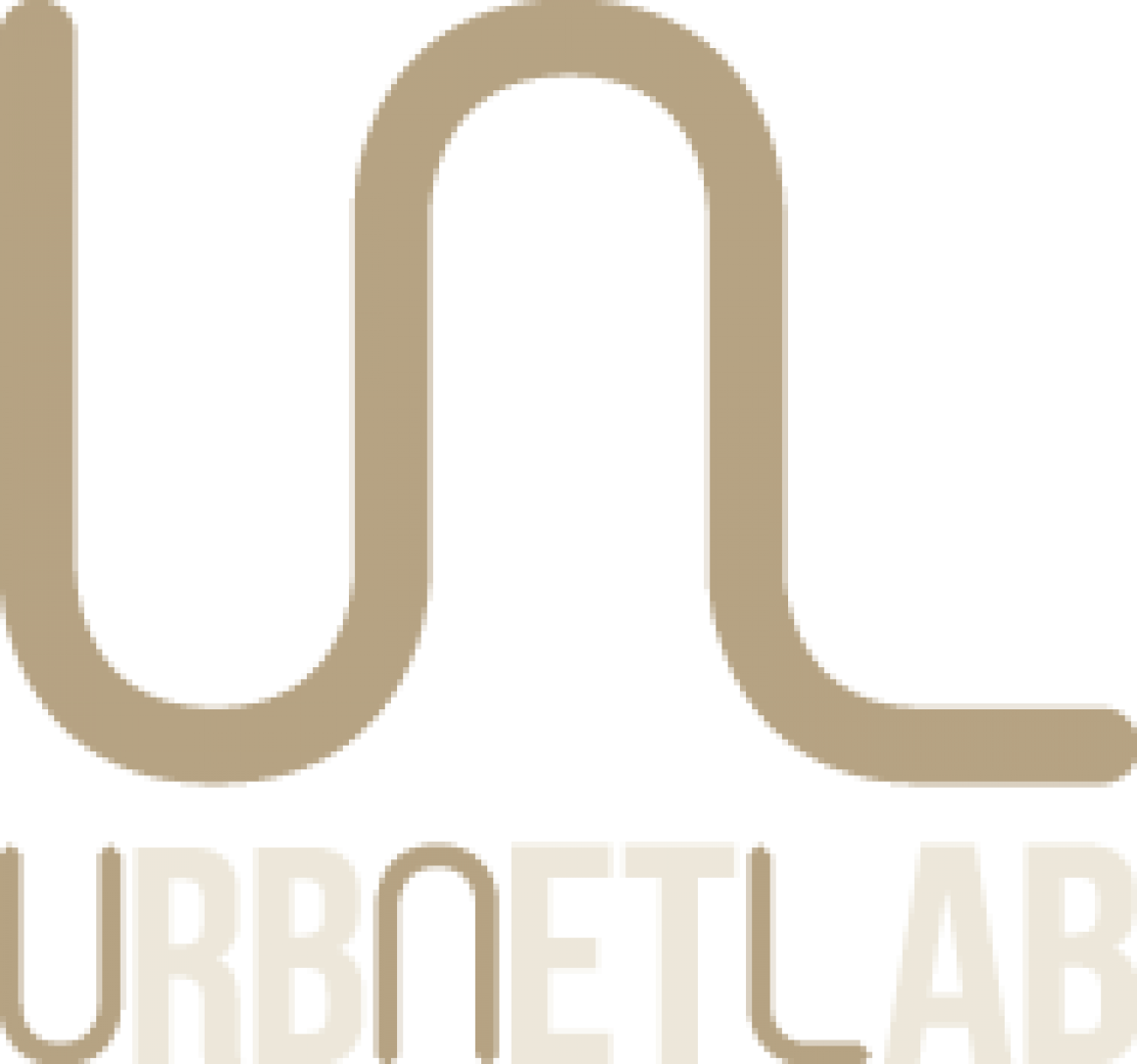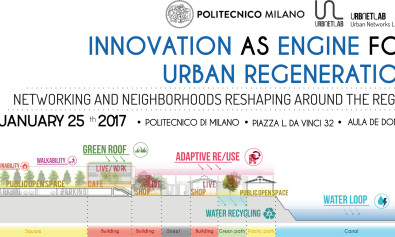Toward an integrated plan for the Energy Corridor – The Energy Corridor Management District, Houston, TX, USA – Resp. Clark Martinsons – AICP, AIA – 2014, in progress –
The research, started in 2014, aims at establishing a collaboration with the Energy Corridor Management District, a particular institution allowed by the local laws and designated to the control of physical effects of the transformations expected along highway 10 – within the urban region of Houston – with the increase of the concentration of all the big companies for the exploitation of the energy deposits located in the Houston area. I was called by the Board of Directors and by Clark Martinson, head of the Corridor, to understand how to build a Strategic Plan able to coordinate the development of the corridor and the several master plans that the private companies are achieving. The challenge is to create a tool sufficiently “soft” in an environment devoid of any planning, but at the same time “strong” to convince the private developers of the need to all merge into a single vision and single destination, able to develop the whole corridor into a new entity and urban center.
I risultati della ricerca hanno consentito la costruzione del primo Strategic Plan per l’Energy Corridor, aprendo ad una nuova stagione di pianificazione territoriale più coordinate e di più vasto respiro per l’istituzione, abbandonando sguardi e visioni troppo di dettaglio e aprendo a collaborazioni e coordinamenti con la regione urbana di Houston, soprattutto in un passaggio importante come quello della prima pubbicazione del primo piano strategico della regione urbana.
Public realm and public urban spaces: architecture and urban planning in cities during and after economic crisis – University of Miami, School of Architecture – Graduate Program in Real Estate Development and Urbanism, Resp. Prof. Charles Bohl. – Dante Alighieri School of Italian at Miami – Resp. Claudio Pandolfi – 2013/2014
The research, started in October 2013, in collaboration with the School of Architecture, Architecture – Graduate Program in Real Estate Development and Urbanism of the University of Miami, and with Dante Alighieri School of Italian in Miami, aims at spreading and letting people know about Italian planning activities in the past, especially in relation to the rationalistic politics that the reformist group was able to contain. The research realizes itself in the construction of an expository path through the recent history and the best recent results achieved by urban planning activities in Italy, as well as a series of open lectures that I did at the School of Architecture, in October 2014. The research started by identifying common roots of planning on local experiences, with the goal of easily appealing to students and researchers, focusing in particular on the legacy of the development planning of Miami drafted by Costantinos Doxiadis towards the end of the Fifties, and of the marks rationalism imprinted on the building of the city and on the plans for the structuring of the territory.
I risultati della ricerca sono stati presentati nell’Ottobre 2014 durante una serie di lectures che ho tenuto, chiamato da Charles Bohl nell’ambito dei programmi didattici del Graduate Program in Real Estate, Development and Urbanism e da una presentazione pubblica presso la Dante Alighieri School of Italian in Coral Gables.
Downsizing Detroit: reshaping Detroit or reshaping planning? University of Michigan, Taubman College of Architecture, Prof. Margaret Dewar. 2012 – 2014
My participation in this research developed in between the independent research, in regards to planning solutions to the urban crisis of Detroit, and the work that the Taubman College has been conducting for years by monitoring the physical effects of the urban crisis of the metropolitan area of Detroit. That way, the research focused on quickly understanding the reasons for this urban crisis, working on the plentiful records, and concentrating the point of view especially on the answers that, over the years, planning has provided. The recent administration has responded to the overt urban and economic crisis of the city with a planning process that, although supported by absolutely innovative inclusion and participation techniques, trusted the plan as an instrument for the physical planning of the territory, able to solve the severe structuring problems that the city has. My participation in the research aimed at understanding the themes of the program on which the plan was created, the ideas and the results it involved in such a devastated urban landscape, examining the plan in all of its aspects and examining the tools used, in regards to the city’s size, which appears to belong to contexts and planning long gone.
The results of this research were presented at the following conferences:
Ankara (Turkey) AESOP Association of European Schools of Planning, Annual main conference. July, 2012
Vienna (Austria), EURA Conference 2012, European Urban Research, September 2012
The results of the research are published in
(L1) M. Facchinetti, “From City to Region. Transformations and the urbanization of the metropolis”. SilvanaEditoriale, Milano 2016
The use of master plan as a tool to promote urban quality. State University of New York at Albany, Department of Geography and Planning, resp. Prof. Ray Bromley. 2009-2011
The research was promoted and funded, within other researches, by the Department of Geography and Planning of the New York State University, where I worked as visiting professor for three semesters between 2003 and 2004, and where I am now visiting lecturer, called for short courses or specific conferences. The collaboration with the New York State University, that began many years ago during my studies, has particularly strengthened in the recent years, and evolved, to my great satisfaction, to the point that the New York State University and the Department of Geography appear among the institutions that support the project Summer School of Polo in Piacenza, from the Polytechnic of Milano, with interesting cultural and student exchanges every year.
The research, in particular, was actually conducted in collaboration with many other American institutions, among which the Congress for New Urbanism and the School of Architecture of the University of Miami, institutions with which, over the past years, I’ve built relations and exchanges.
The research focused on understanding how the use of the master plan has been, in recent years, a practice that’s been growing, with the objective of identifying a tool able to change an hypothesis of planning in a transformation that’s visible and worthy of consideration. In the recent American tradition, in the continuous urban transformation of the European cities and in the growth of the cities of developing countries, the use of the master plan is widespread, and is a tool thanks to which it is possible to give an immediate perceivable form to an idea suggested for a place, area or within a specific region.
The field on which I worked, and the contribution I brought, concerned the real effectiveness of this tool in relation to all other planning tools, considering it an intermediate level of relations between more traditional planning tools and the architecture project. The theory I developed makes the master plan an evaluation and testing tool for the hypothesis included in the different planning scenarios, urban or regional, a tool that can be used for the management and realization of the forecast, to test the rules and to hasten those rules that could be brought to other implementations, and to verify the approval and the will of the community to execute the forecast a certain way and with certain options. For this reason the relationships with the Congress for New Urbanism have been very important as to understand the modalities with which, within a master plan, themes that are essentially qualitative can be taken into consideration, simultaneously, with regulations and implementations, in a territory, the American territory, where it’s been possible to find “urban products” that are thought, planned, designed and realized exclusively with the use of the master plan. So much so that the American market itself calls them “master planned communities,” a new, specific product, that is, large settlements (that can be new or requalified settlements that existed before) planned and built thanks to a master plan, able to create a “vision” that is saleable and at the same time high-class in regards to the form and nature of the settlement, and able to execute its own vision.
My research looked into many planning processes that entrusted, for the timely realization of the transformations, the use of master plan, at first elaborated as illustrations of the hypothesis advanced in the general plan, and then more and more often used to manage the suggested transformations, fulfill them and demonstrate their compliance to the initial plan’s hypothesis. I carefully worked on two particular matters, the first related to the new metropolitan plan for the city of New York, with forecasts for the transformation of the abandoned Hudson Yards area, and the second in relation to the plan to densify the biggest American edge city, Tysons Corner, promoted by the State of Virginia and the County where the city is located. In both cases I worked in close contact with the institutions that promoted these plans, and my attention was drawn to understand the mechanisms, within the master plan, that permitted to include the forecasts of the more general level of the plan and execute them, and at the same time to respect and propose a system of rules able to guarantee formal and high-class results, within a system that builds up approval and that uses the master plan itself for its vision and quality of exemplification. What emerged was the possibility to conceive the master plan as a very operative and at the same time flexible instrument, in between the public planning’s will to see the forecast realized on all levels and by all subjects involved, and the need of the executing subjects to realize the maximum economic profit. In between, a system of formal rules that is able to guarantee quality results for the urban areas involved.
The most apparent result of the research was the publication of my book, “Master planning the adaptive city. The use of master plan to create urban environments” 2011: the text relates to some of the partial conclusions the research reached, especially in regards to the potentiality to connect on one side the master plan as an instrument to the inter-local dimension of the planning, and on the other to use it as a verification tool and test tool for the rules and context of the specific local area, aiming at the understanding of the potentialities of the master plan to guide the execution of a forecast and to maintain the control on the quality of the urban object to be realized. The research is still in progress on behalf of the State University of New York and my participation, appreciated by the school, is in standby for the near future and will produce new publications during 2012, with the new results of the activities.
The results of the research are published in
(LX) M. Facchinetti, “Master planning the adaptive city. The use of master plan to create urban environments”, Bologna Pitagora Editrice, 2011


